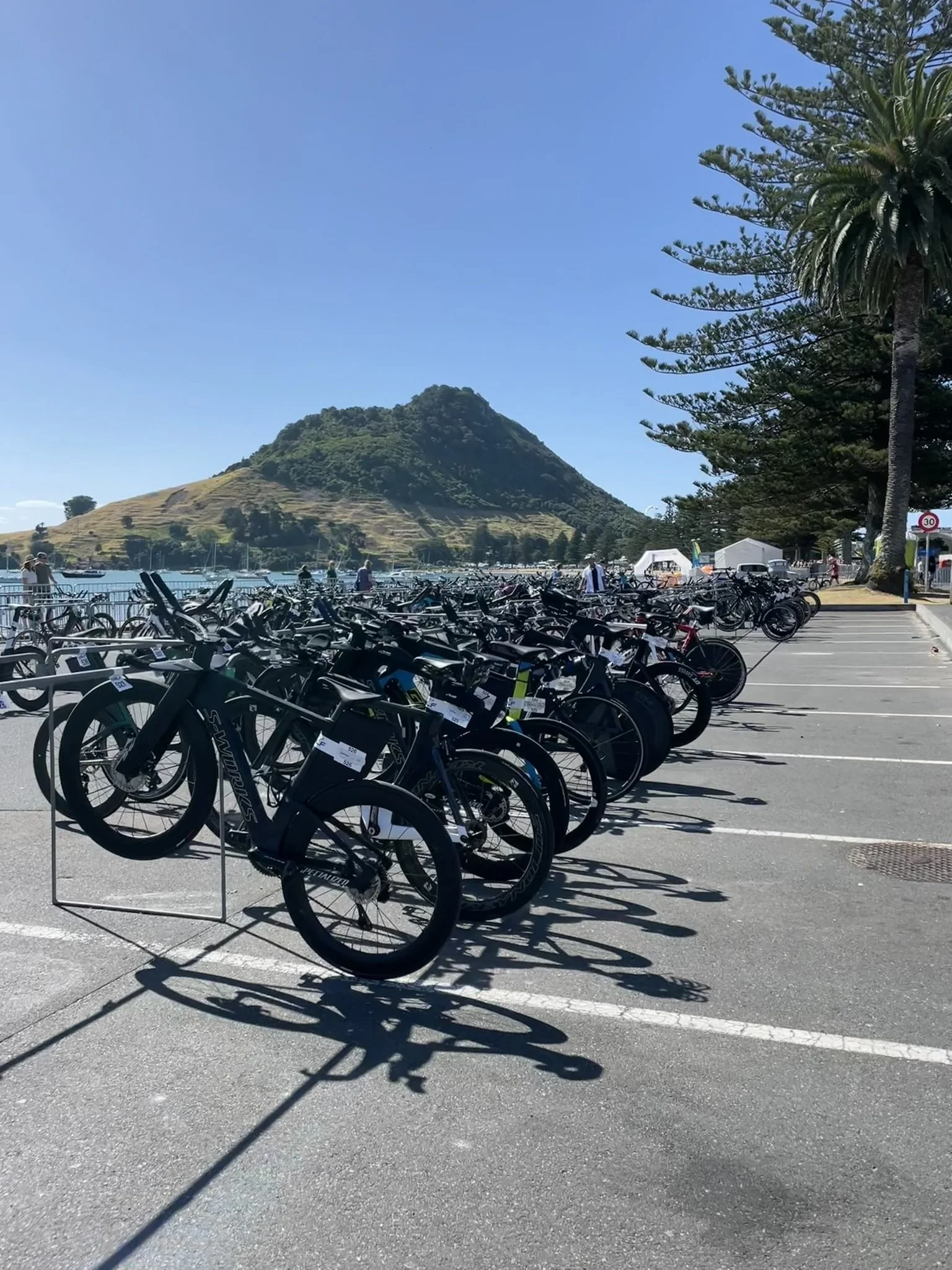Your First Triathlon: What You Need to Know
A beginner’s guide to getting started with confidence and clarity
So, you've signed up for your first triathlon, congratulations! Whether you're tackling a sprint distance or jumping into a longer course, you're about to experience one of the most rewarding, challenging, and empowering things you'll ever do.
At Hive Endurance, we believe triathlon is for everyone, not just the super-fit, tech-savvy, or elite. If you're feeling excited, nervous, and maybe a bit overwhelmed, you're not alone. Here's what you need to know as you prepare for your first race.
The Swim: It’s OK to Be Nervous
For many first-time triathletes, the swim is the most intimidating part. Open water can feel unfamiliar, and there are no walls to push off or lanes to follow.
What to expect:
A crowded start with bodies everywhere!
Murky water, waves, or chop (depending on location)
Buoys to sight and swim around
A wetsuit may be allowed or required (check the race rules)
Tips:
Practice open water swimming as much as possible.
Get comfortable in your wetsuit before race day.
Learn to sight: lifting your head occasionally to stay on course.
Start on the edge or back of your swim wave to avoid the rush. Wait 5 seconds, let the crowd go and you’ll be swimming in calm water.
Reminder: You can breaststroke, float, or even rest on a kayak if needed.
The Bike: Settle In and Fuel Up
After the swim, you’ll head to your bike in transition (T1). Don’t rush, get your bearings, breathe, and get ready to ride.
What to expect:
A mix of road bikes, hybrids, and fancy tri bikes.
Drafting is usually not allowed (unless it’s a draft-legal race, again, check the race rules).
You’ll need to keep to the left (or right, depending on the country) and pass on the correct side.
Tips:
Practice riding after swimming with “brick” workouts.
Make sure your bike is in good working order before race day.
Learn how to fix a flat or carry a repair kit just in case.
Keep your effort steady, it’s easy to go too hard early.
The Run: The Final Push
The run is where you'll start to feel it but also where you'll see the finish line approaching.
What to expect:
Jelly legs for the first kilometre or so.
Aid stations with water, electrolytes, and sometimes food.
A mix of runners, some cruising, some walking, all digging deep.
Tips:
Practice running after biking to get used to the sensation.
Wear comfortable, broken-in shoes (don’t try anything new on race day!).
Hold back your effort in the first 15 minutes, it’s easy to start too hard.
Keep your pace sustainable, this isn’t a 5K PB attempt.
High-five a volunteer and supported.
Smile!
Transitions: Don’t Overthink It
T1 (swim to bike) and T2 (bike to run) are part of the race. But you don’t need to be a pro ninja.
Tips:
Lay out your gear in order of use.
Practice your transitions ahead of time.
Use a small towel to mark your space.
Elastic laces, race belts, and simple setups save time and stress.
Mindset: You Belong Here
You might feel like an imposter showing up in a race filled with “real” triathletes. But guess what? You are one. You trained, you showed up, and that’s what matters. There will be a lot of people exactly like you, you’re not the only one!
Remember:
Everyone had a first race. Everyone made mistakes. And everyone gets better.
Smile when you see the camera (or at least pretend to).
Your goal: finish strong, learn something, and enjoy the ride.
Final Thoughts
Your first triathlon will be unforgettable. You’ll learn a lot about racing, your limits, and your own resilience. It might not go perfectly, and that’s okay. The point is: you’re doing it.
At Hive Endurance, we help beginners feel confident and prepared from their first training session to the finish line (and beyond). If you need support, structure, or just someone to answer your “is this normal?” questions, we’re here for you.

